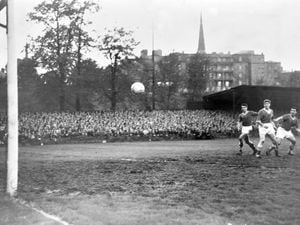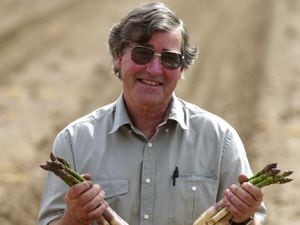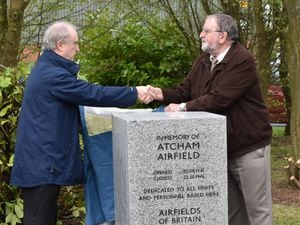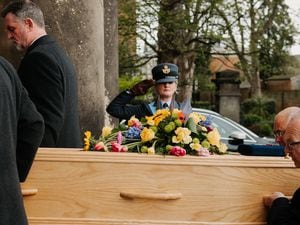Story of unusual Shropshire chalet told in new booklet
There cannot be many Shropshire holiday chalets that have had a book written about them – but the one which stood near Craven Arms for years was rather special.
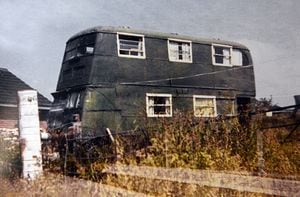
Holidaymakers probably didn't realise it, but it was the one and only. One and only surviving pre-war Manchester double decker bus, that is.
And now the story of "Manchester 436" is told in an information booklet produced by the Museum of Transport at Greater Manchester, which is embarking on a restoration.
Income from sales of the booklet will go towards restoring the bus, which survived remarkably well despite being turned into a holiday chalet, with much of the original interior still in place, and even the impossible-to-replace wind-down windows undamaged.
The bus is a Crossley "Mancunian" which was one of 30 similar buses bought new in 1934 by Manchester Corporation, and having the fleet number 436.
It ran until 1950 when it was sold to a Manchester scrap dealer, who sold it on to timber merchant Sam Spencer of Craven Arms, who already had some old single-decker buses which he had converted to provide living accommodation for his workers.
"At the time there were severe housing shortages and converting an old bus was not an unusual thing to do," the booklet says.
"He sold four Manchester double deckers to local people for use as homes or holiday chalets in the Craven Arms area.
"436 was bought by Wilfred and Gwen Hamilton of the neighbouring village of Aston-on-Clun and it seems likely that Sam Spencer arranged its conversion.
"They rented it to holidaymakers, buying a plot of land for it on the railway station approach road in the adjacent hamlet of Broome."
The booklet says 436 stayed there until the late 1970s and when the Hamiltons died the land was left to nephew Keith Rudd, who sold 436 to preservationist Bob Shaw who moved it to a storage site near Telford, intending to restore it.
"Some work was done, but not much, and in 2006 it was offered to the museum. It was brought on a low-loader to the museum, which happens to be based in the garage where 436 last ran in service.
"Buses are made of steel and aluminium but we like to think that deep down inside 436 has a heart and that as she came through the museum doors a little voice said happily 'Oh... I'm home.'"


